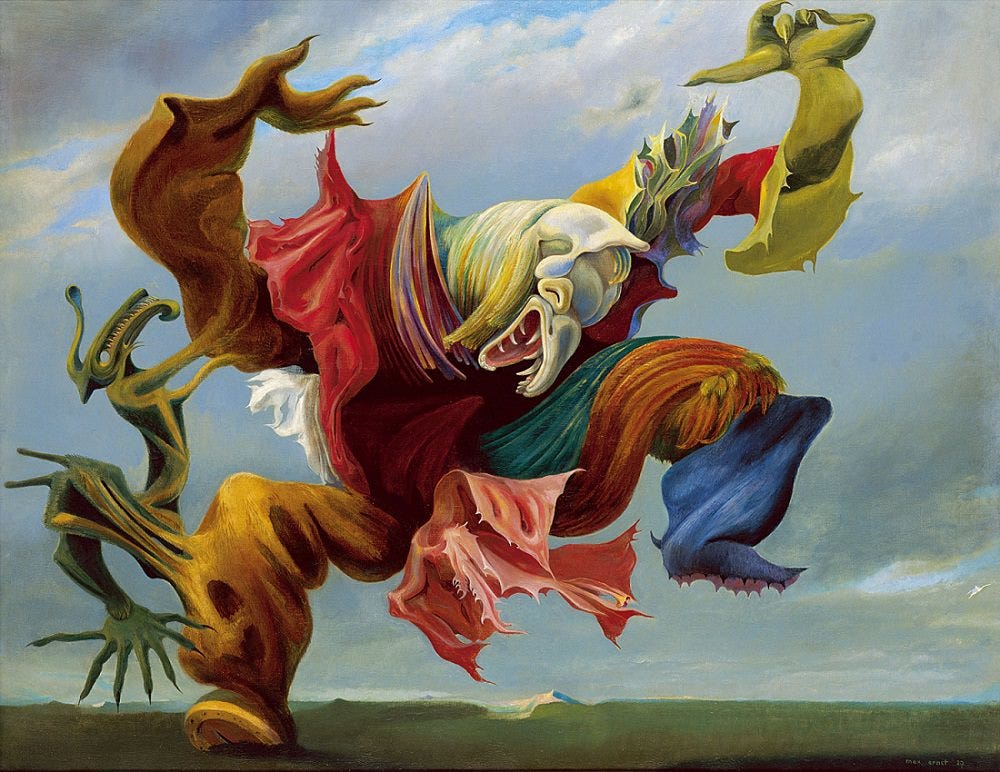I’m involved
with the maritime industry and learned of a recent case of a ship grounding
caused by something remarkable. The officer on watch steered the ship near the Swedish
coast so the crew could get better phone signals. Yes, a ship gets grounded,
leaks oil, and is completely scrapped because of a desire for better coverage.
The lust for
internet access and a small antenna caused a ship to be destroyed. This is in
2019 and in Sweden. The lessons are obvious and it reminds me of the African
fable about the mouse that took refuge in an elephant’s trunk causing the elephant
to finally die of thirst and hunger.
The elephant
had destroyed the mouse’s nest several times so the mouse studied the elephant
and learned how dependent he was on his trunk. When the elephant fell asleep,
the mouse crawled into the elephant’s trunk. The elephant could not dislodge the mouse from his trunk and the elephant finally succumbed to thirst and hunger.
To be fair,
alcohol and inattentiveness contributed to the grounding…
The Nautical
Institute noted this was “a perfect storm of how not to run a ship.”
This is a
summary of the incident from the Nautical Institute, the official report is SHK
RS2019:04e
Navigation close to the coast naturally demands
the OOW's utmost attention. Fatigue, distractions and of course alcohol or
drugs are all enemies to safe navigation, yet still we hear of ships, crews and
the environment being put at risk because basic rules have been ignored.
Early one morning, the OOW of a car carrier altered course to port to follow the coast so crew could obtain a better phone signal. He failed to update the vessel's voyage plan and then returned to his administrative work, merely glancing at the ECDIS occasionally. The lookout was also busy with other tasks, the bridge navigation watch alarm system (BNWAS) had been turned off and the S-VDR was not working.
Eventually – and perhaps inevitably – the ship grounded, resulting in an oil spill. When refloated it proved to be so severely damaged that it was declared a total constructive loss and fit only for recycling.
Subsequent investigation showed that the OOW had drunk alcohol before taking over the watch and was intoxicated. Both he and the lookout were distracted by other tasks, and the switched-off BNWAS was unable to perform its 'safety net' function.
Early one morning, the OOW of a car carrier altered course to port to follow the coast so crew could obtain a better phone signal. He failed to update the vessel's voyage plan and then returned to his administrative work, merely glancing at the ECDIS occasionally. The lookout was also busy with other tasks, the bridge navigation watch alarm system (BNWAS) had been turned off and the S-VDR was not working.
Eventually – and perhaps inevitably – the ship grounded, resulting in an oil spill. When refloated it proved to be so severely damaged that it was declared a total constructive loss and fit only for recycling.
Subsequent investigation showed that the OOW had drunk alcohol before taking over the watch and was intoxicated. Both he and the lookout were distracted by other tasks, and the switched-off BNWAS was unable to perform its 'safety net' function.




















